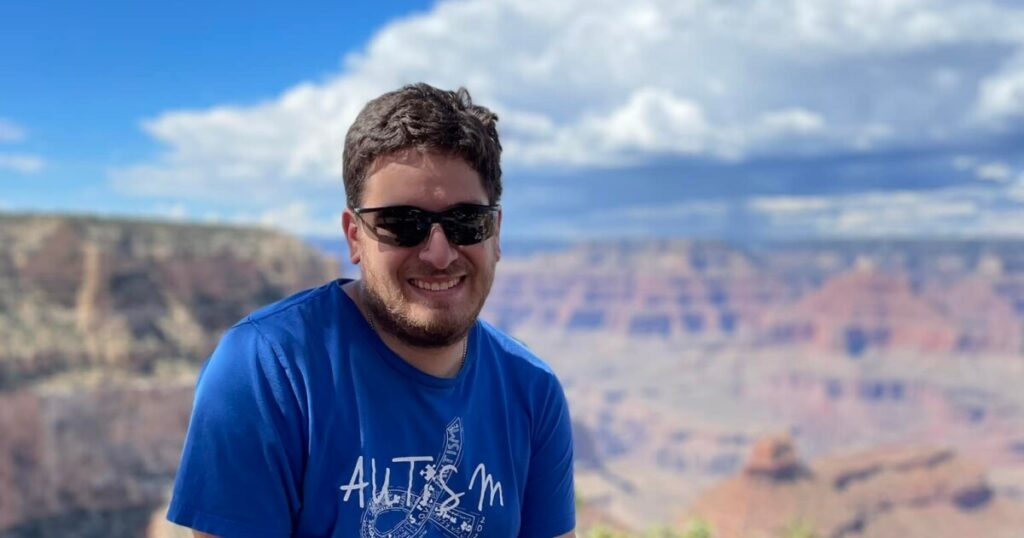When the CDC released its 2025 Community Report on Autism in April, it marked a milestone in the decades-long efforts to understand the prevalence of autism spectrum disorder. And for one of the authors of the report, it was the culmination of years of effort to understand more about the world — and himself.
Joshua Anbar, an assistant teaching professor at Arizona State University, led research into Arizona’s contribution to the project as Arizona’s site co-principal investigator.
“This really is an important public health issue, we need to be talking about it,” Anbar said.
His connection is personal. Anbar has been diagnosed with autism, and he joyfully conducts what he calls “me-search” into the disorder. Anbar believes the CDC report, which interprets data from 2022, is key in helping people understand how to serve communities in the best way possible.
The report’s findings made national headlines: one in 31 children is now being diagnosed with autism by age eight. Anbar says that means the U.S. is now reaching a point where special education services may need to evolve to reach those children on the spectrum.
“That’s one kid in every other classroom, statistically speaking,” said Anbar. “So we need to start figuring out, how do we accommodate those kids, not just in self-contained special education classrooms but also in mainstream general education?”
Arizona has proven to be an important place to collect and analyze data on autism, as the state tends to mirror national data. Where the national numbers say one in 31 children are being diagnosed with autism, in Arizona, it’s one in 32.
“Arizona is a very diverse state, from a racial and ethnic background, from a socioeconomic standpoint, and we’re very reflective of a lot of different trends in the country,” Anbar explained. “We also have really robust services in Arizona, and that allows us to be reflective of what’s going on in the country.”
The reports are released every two years, with the time spent in between collecting data, assessing it, and making it presentable. But Anbar says much more work is needed to understand the causes of autism spectrum disorder and better plan for the future.
“We need to start figuring out, how do we accommodate those kids?” he asked. “These are really important things for policymakers to think about, not just for what are our needs right now, today, but what will our society’s needs be five, 10, 15 years down the line?”



